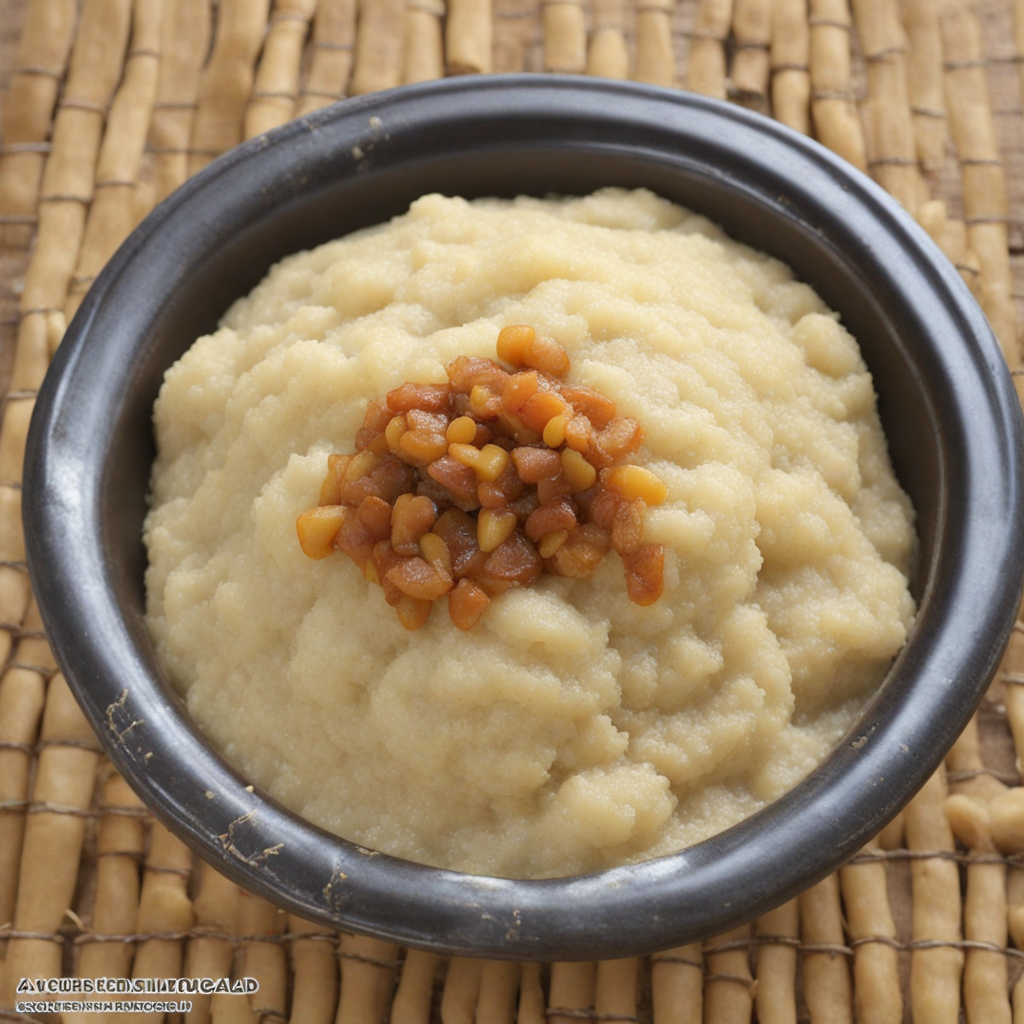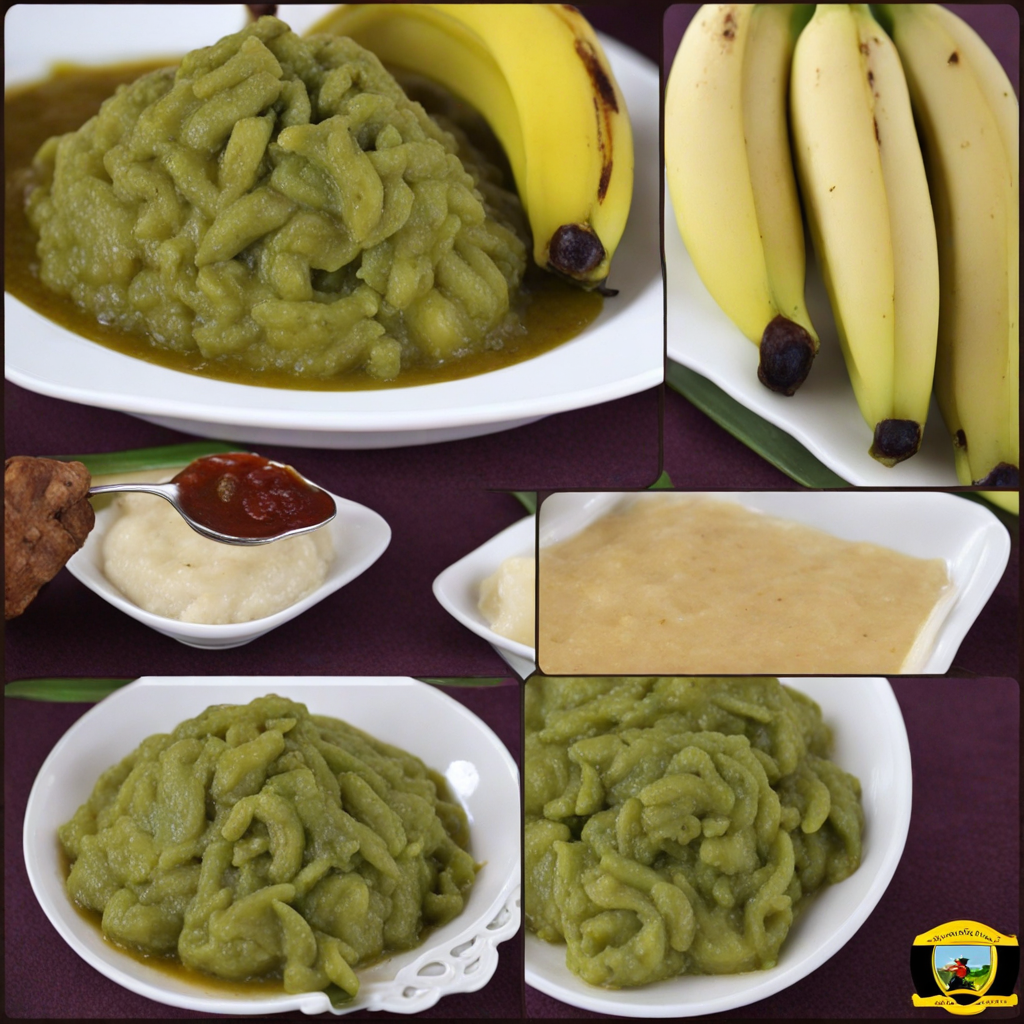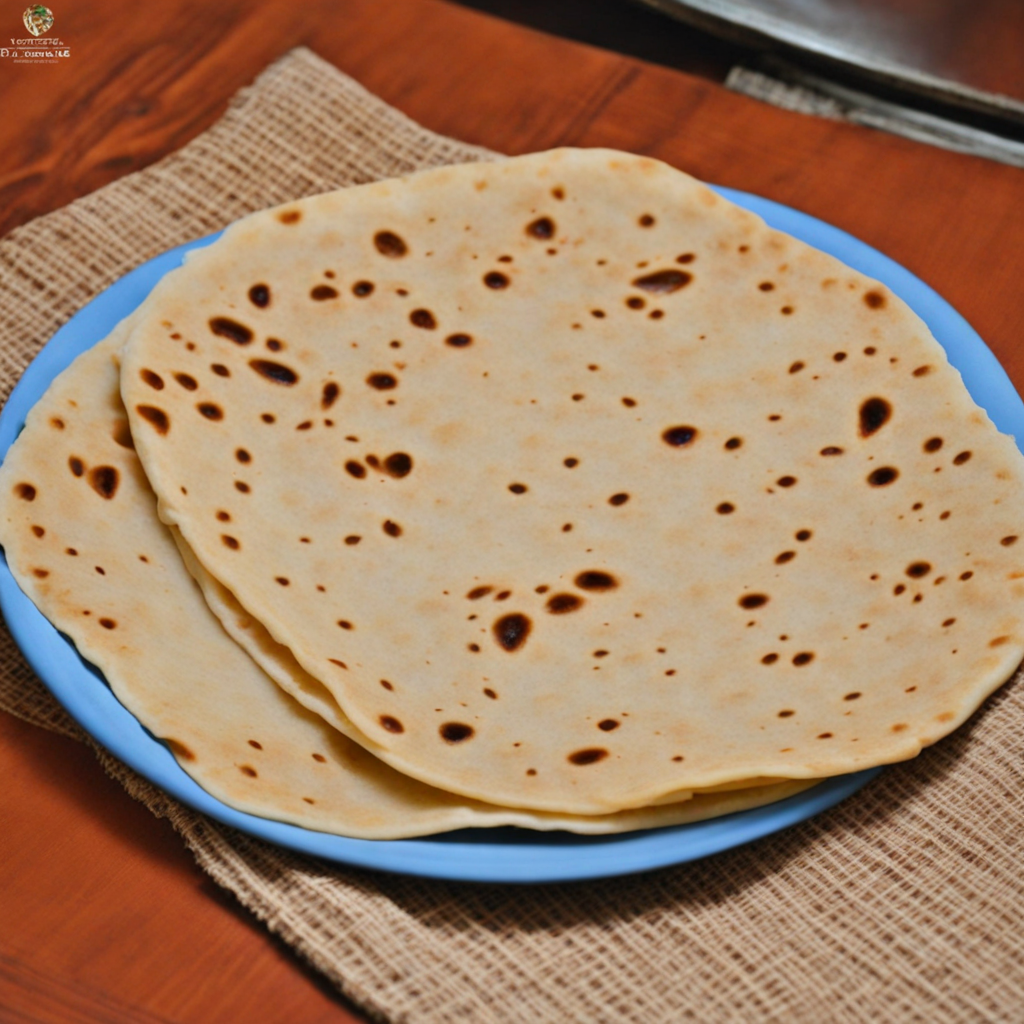Sim-sim
Sim-sim, also known as sesame, is a delightful culinary gem from Uganda that captivates the palate with its unique nutty flavor and rich texture. Often used in a variety of dishes, sim-sim seeds are small but mighty, providing a distinct taste that elevates both sweet and savory recipes. The seeds can be toasted to enhance their flavor, releasing a warm, aromatic essence that enlivens everything from breads to salads, and even as a crunchy topping for stews. Their versatility makes them a staple ingredient in Ugandan kitchens, where they are celebrated for both their flavor and nutritional benefits. In Ugandan cuisine, sim-sim is often incorporated into traditional dishes such as sim-sim paste, a thick and creamy spread that combines ground sesame seeds with spices, creating a rich dip or condiment. This paste can be enjoyed with fresh vegetables, or used as a flavorful addition to grilled meats and fish. The combination of sim-sim with local ingredients like groundnuts and coconut creates a harmonious blend of textures and tastes, making each bite a delightful experience. Additionally, sim-sim can be found in desserts, where it adds a unique twist to sweet treats like cakes and cookies, offering a satisfying crunch alongside a subtle sweetness. The cultural significance of sim-sim in Uganda cannot be understated, as it is often associated with celebrations and communal gatherings. The act of preparing sim-sim dishes brings families together, fostering a sense of community and shared tradition. Whether enjoyed in everyday meals or reserved for special occasions, sim-sim serves as a reminder of the rich culinary heritage of Uganda, inviting food lovers to explore its flavors and embrace the joy of discovering something new and delicious.
How It Became This Dish
The History of Sim-Sim: A Culinary Gem of Uganda #### Origins of Sim-Sim Sim-sim, also known as sesame, is a tiny seed that carries a wealth of history and cultural significance, particularly in Uganda and across the African continent. The scientific name for sesame is *Sesamum indicum*, and its origins can be traced back to the ancient lands of Africa, India, and the Middle East, dating back thousands of years. It is one of the oldest oilseed crops known to humanity, with archaeological evidence suggesting its cultivation as far back as 3000 BCE. In Uganda, sim-sim was traditionally grown in the northern and eastern regions, where the conditions were ideal for its cultivation. The plant thrives in warm climates with well-drained, sandy loam soil and requires minimal water, making it a suitable crop for smallholder farmers. The seeds are small, flat, oval-shaped, and can be white, black, or brown, depending on the variety. They are known for their rich, nutty flavor and are used in a variety of culinary applications. #### Cultural Significance Sim-sim holds a special place in Ugandan culture, woven into the fabric of many communities and their culinary practices. In traditional Ugandan society, food is not just a means of sustenance; it embodies identity, heritage, and social relationships. Sesame seeds have been used to symbolize prosperity and fertility, often featured in rituals and ceremonies such as weddings and harvest festivals. In many Ugandan households, sim-sim is a staple ingredient. It is commonly ground into a paste or incorporated into dishes to enhance flavor and texture. One of the most beloved preparations is sim-sim paste, which is used in various sauces and stews. This paste not only adds a rich, nutty flavor but also contributes valuable nutrients, making it a critical component of the Ugandan diet. Moreover, sim-sim is often used to prepare a traditional snack called "sim-sim balls." These treats are made by mixing toasted sesame seeds with honey or sugar, then molding them into small balls. They are enjoyed by children and adults alike and have become a popular street food across Uganda. #### Development Over Time As Uganda evolved through colonialism and independence, so too did the cultivation and consumption of sim-sim. During the colonial period, the British introduced commercial farming practices, which transformed the agricultural landscape. While sim-sim was traditionally grown by smallholder farmers for local consumption, the demand for sesame oil in international markets began to rise. This shift encouraged farmers to expand their cultivation, leading to an increase in production and a move toward exportation. In the years following Uganda's independence in 1962, the government recognized the economic potential of sim-sim and other cash crops. Agricultural policies were introduced to promote the cultivation of sesame as an export commodity, which further solidified its role in the Ugandan economy. The seeds are rich in oil content—up to 60%—and are sought after for their health benefits, including high levels of essential fatty acids, vitamins, and antioxidants. Despite the challenges posed by climate change and economic fluctuations, sim-sim cultivation has continued to thrive in Uganda. Farmers have adapted to these changes by diversifying their farming practices and employing sustainable agricultural methods. The rise of organic farming has also contributed to the growing popularity of sim-sim, as consumers increasingly seek out natural and nutritious products. #### Modern Culinary Applications Today, sim-sim is not only a traditional ingredient but has also found its way into modern Ugandan cuisine and international gastronomy. Chefs and home cooks alike are experimenting with sesame in innovative ways, creating fusion dishes that reflect the global nature of culinary practices. For instance, sim-sim oil is now used in salad dressings, marinades, and even as a finishing oil for various dishes, adding a unique flavor profile that appeals to contemporary palates. Additionally, the health-conscious movement has brought sesame seeds into the spotlight, as they are recognized for their nutritional benefits. Rich in calcium, magnesium, and fiber, sim-sim is increasingly included in health foods, granola bars, and smoothies. The seeds are celebrated for their potential to lower cholesterol, improve heart health, and provide a good source of plant-based protein. #### Conclusion The journey of sim-sim from its ancient origins to its contemporary significance in Uganda illustrates the rich tapestry of culinary history that is deeply intertwined with culture, economy, and health. As a versatile ingredient, sim-sim continues to be cherished by Ugandans and increasingly appreciated worldwide, embodying the resilience and adaptability of traditional food practices in the face of changing times. As Uganda continues to embrace its culinary heritage while merging it with modern influences, sim-sim stands as a testament to the country’s rich agricultural landscape and the enduring connection between food, culture, and identity. Whether enjoyed in a traditional stew, as a sweet snack, or in a modern salad, sim-sim remains a beloved ingredient that nourishes both body and spirit, making it a true culinary gem of Uganda.
You may like
Discover local flavors from Uganda







